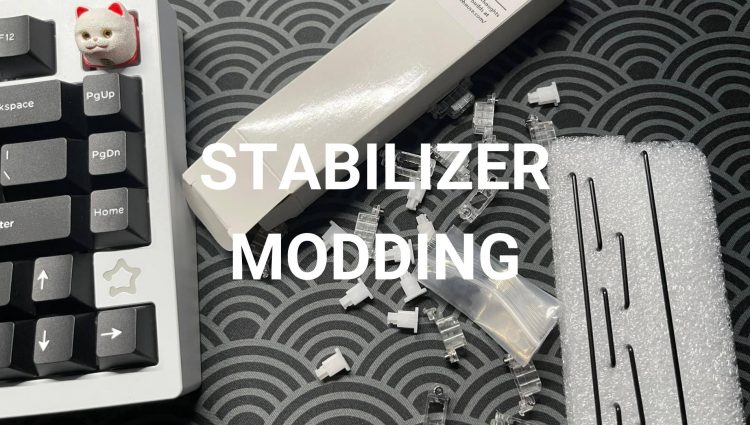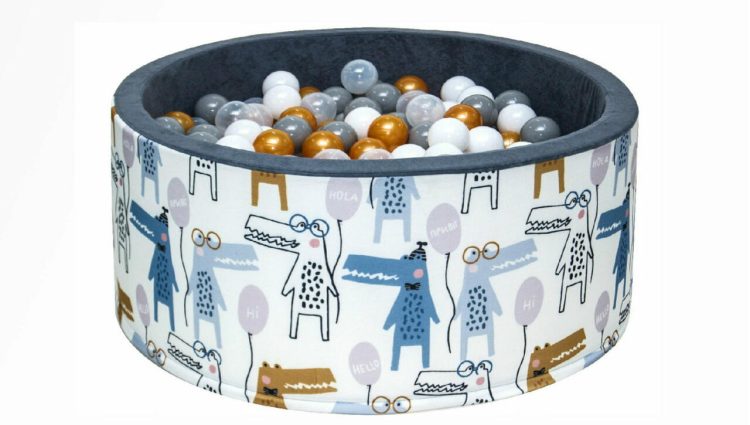Urine testing is common in many fields, including drug testing and medical diagnostics. As such, knowing how to differentiate synthetic urine from real urine is important. In this comprehensive post by the best synthetic urine experts at Tacoma Daily Index, we’ll discuss just that – how to spot the difference between synthetic urine and real urine.

Synthetic urine is an artificial substance developed to mimic human pee. It’s made up of chemicals, minerals, and creatinine, all found in natural human waste products. It is often used for laboratory experimentation or as a substitute for human waste when conducting drug tests or tests requiring a sample of human urine. To gain a deeper understanding of synthetic urine and its applications, you can refer to this comprehensive post by the best synthetic urine experts at Tacoma Daily Index. This informative resource provides valuable insights into the composition and uses of synthetic urine, offering a reliable source of information for those interested in the subject.
What is Real Urine?
Real Human Urine (RHU) is the liquid product excreted by humans and collected through urination or kidney dialysis procedures. It contains urea, creatinine, electrolytes and various metabolites. Various laboratory tests, such as urinalysis or chemistry analysis, can easily detect these substances.
How Is Synthetic Different than Real Urine?
1: Appearance & Color
The most obvious difference between synthetic and real human urine is their appearance and color. Whereas real human pee has a distinct yellowish-amber hue due to its urochrome content – synthetic pee usually appears pale yellow or even clear if it has not been correctly mixed with water prior to usage. Furthermore, synthetic pee also lacks any foamy texture commonly associated with real human waste products.
2 : Odor & Smell
Another key distinction between the two types of fluids lie in their odor and smell; while true human pee has an unmistakable strong odour — synthetic alternative offers no smell whatsoever due to its lack of volatile compounds like ammonia which make up natural odours found in RHU samples .
3 : Composition & Concentration
The chemical composition between both types of fluids differ significantly as well; whereas true RHU contains high concentrations of urea nitrogen — synthetically created alternatives typically have low levels because they are engineered without any organic materials . This can be tested through simple lab tests which measure the concentration levels found within each sample type respectively .
4 : pH Levels
Differentiating between synthetic and true RHU can also be done via measuring their respective pH levels ; genuine RHUs tend have higher base values , usually ranging from 4-9 depending on individual characteristics , whereas synthetics generally contain lower acidic values around 2-4 on average .
5: Temperature
Synthetic versus genuine URH samples can also be differentiated based on temperature ; naturally voided specimens should generally stay warm , around 98°F (36°C) , whereas artificially produced versions will cool down quickly once exposed outside temperatures.
6 : Creatinine levels
Creatinine is another vital component found exclusively in true RHUs, but not always present in synthetically produced alternatives; this compound helps to determine whether or not a sample is truly from a living organism. Laboratory analysis methods such as spectrophotometry can easily and efficiently detect creatinine levels present in both fluid sources.
7 : Drug metabolites
Finally, a surefire way to tell if someone has submitted fake URH compared to real ones is to look for traces of common illicit drugs such as THC or cocaine metabolites – something that only occurs after they’ve been ingested into a person’s bloodstream and then eventually excreted through the urinary tract during subsequent urination sessions.

Conclusion
In conclusion, there are numerous ways to distinguish artificial forms from normal bodily excretions during drug testing or other laboratory examinations used throughout the industry today; simply observing physical attributes closely, analysing chemical compositions thoroughly along with detecting the presence of drug metabolites should provide sufficient evidence to identify counterfeit samples accordingly!





















































